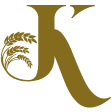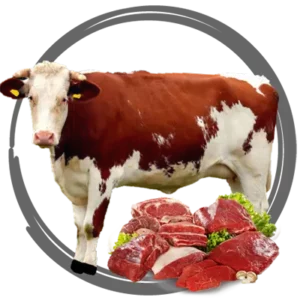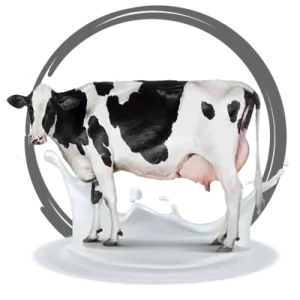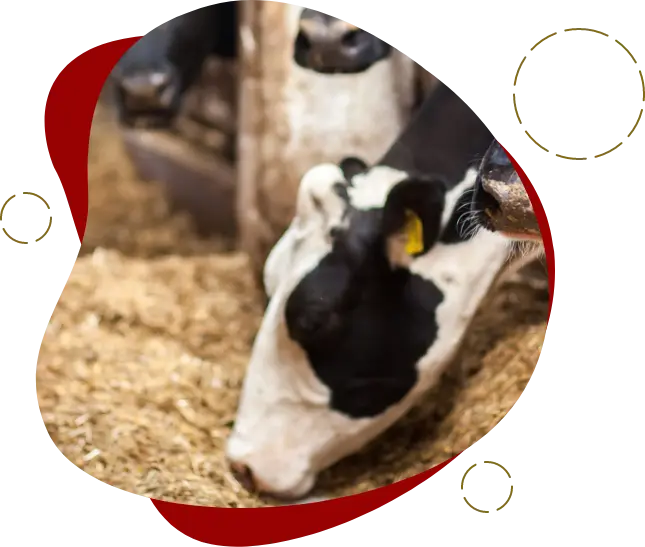Buy livestock Feed
With nearly two decades of experience in the production of livestock and poultry feed, Jahan Kavah has established itself as one of the most reputable feed manufacturers in the country. Committed to meeting the diverse needs of livestock and poultry, Jahan Kavah continuously designs and develops innovative products tailored to various animal species.
Jahan Kavah leverages cutting-edge technology and unwavering quality to create feed that maximizes livestock and poultry performance, empowering producers to reach their full potential.
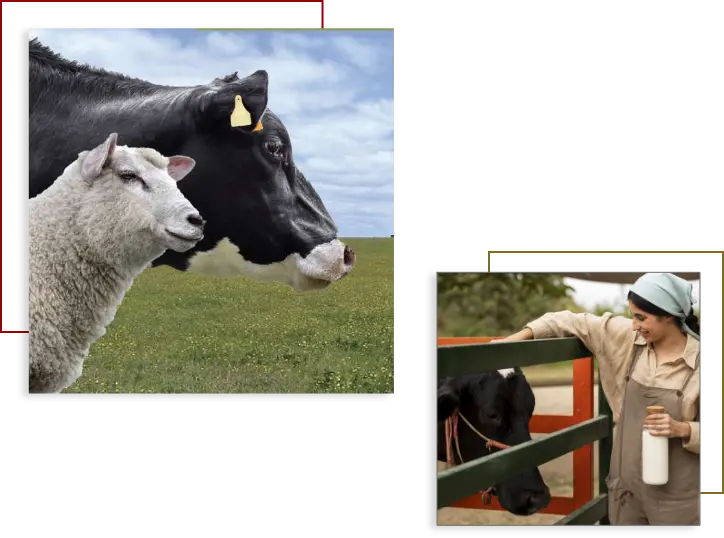
Jahan Kavah Livestock Product Categories
Why Jahan Kaveh livestock and poultry feed?
Jahan Kavah Daneh, driven by a commitment to health and quality, provides you with the finest livestock and poultry feed. Our mission is to empower producers in this field to achieve success by enabling them to produce more cost-effective, efficient, and sustainable products. This translates into collaborating with you, finding solutions to your challenges, and earning your trust. Our motto: “Healthy Livestock, Healthy Nutrition, Healthy Families.”

High Quality
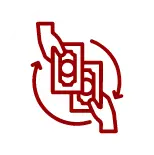
Cost-Effective
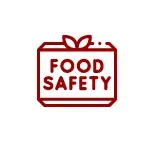
Safe for Human Consumption
What is Livestock Feed?
Livestock feed is the food that animals consume to grow and produce specific products for human use. Modern livestock feeds are carefully formulated to provide the necessary nutrients for both animal health and the quality of the final product. The composition of these feeds varies depending on the type of final product.
Achieving a balanced diet for fattening or lactating Livestock is only possible if the feed consumed meets the specified requirements in terms of energy, protein, minerals, vitamins, and other essential nutrients. It’s also crucial to consider the quality of the ingredients used to ensure that all the necessary nutrients are delivered to the animal’s body. The overall health of animals is heavily dependent on consuming a balanced and nutritious diet.
Key Points:
- Livestock feed provides essential nutrients for animal growth and product quality.
- Modern feeds are formulated based on specific animal requirements and product goals.
- A balanced diet is crucial for maintaining animal health and productivity.
- Feed quality plays a significant role in ensuring nutrient intake and animal well-being.
Types of Livestock Feed
Livestock feed is classified into three main categories:
Roughage: Roughage is a type of feed that is high in fiber and typically consists of pasture forage, hay, silage, or other plant-based materials. It is primarily used to provide bulk and fiber to the animal’s diet, promoting digestive health and rumen function.
Concentrates: Concentrates are energy-dense feeds that are rich in carbohydrates, protein, and essential nutrients. They typically include grains, molasses, and protein supplements like soybean meal or fishmeal. Concentrates provide the animal with readily available energy and essential nutrients for growth, production, and maintenance.
Mixed Feeds: Mixed feeds are complete or balanced rations that combine roughages and concentrates in specific proportions to meet the specific nutritional requirements of the animal. They can be formulated to provide varying levels of energy, protein, or fiber, depending on the animal’s age, production stage, and health status.
Jahan Kavah's Commitment to Healthy Livestock Nutrition
Jahan Kavah is dedicated to fostering healthy and productive livestock by consistently producing high-quality, cost-effective, and nutritionally balanced rations tailored to the specific needs of various animal species. The company’s unwavering commitment to quality and innovation has established it as a trusted partner for livestock producers seeking to optimize animal health, performance, and profitability.
Feed Analysis to Prevent Nutrient Deficiencies in Animal Diets
01
Hygiene of Materials Used in Feed Production and Consumption
02
Addressing Growing Consumer Concerns about Food Safety
03
Maintaining Productivity through Healthy Animal Husbandry and Reduced Disease
04
Improving Animal Performance
05
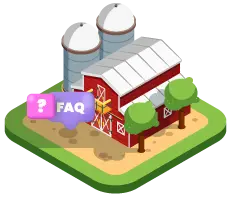
FAQ Livestock Feed
Kaveh World company holds HCCAP and GMP certificates, which are possessed by few companies. Additionally, all raw materials used in this production unit are imported and undergo inspection by the quality control unit before consumption. After initial approval by the monitoring unit, necessary sampling (in sterilized sampling containers) is carried out for sending to the quality control laboratory. If the raw materials meet the highest required quality, they enter the production cycle.
The minimum order for animal concentrates is at least 15 tons.
Jahan Kaveh Company's livestock feed is available in both pelletized and mash forms.
Visit our comprehensive Contact Us page to access detailed contact information, including email addresses, phone numbers, and physical addresses for Dubai Office.
Purchasing Quality Livestock Feed
As aptly stated, livestock nutrition stands as the cornerstone of any successful livestock operation, accounting for a staggering 70% of total production costs. Optimizing feed utilization not only translates into reduced feed expenses but also propels overall economic efficiency.
The significance of livestock nutrition is further underscored by the sharp rise in feed prices and the scarcity of certain essential nutrients. Recognizing this critical need, Jahan Kavah has meticulously crafted a range of cost-effective solutions catering to the diverse nutritional requirements of various animal species.
Key Contributions of Jahan Kavah:
Expert Consultation: Our team of experienced animal nutritionists is readily available to consult with you, addressing any questions or concerns you may have regarding your livestock’s nutritional needs and feed management practices.
Quality Ingredients and Manufacturing Processes: The company employs rigorous quality control measures throughout its production processes, ensuring that only the finest ingredients are used and that the manufacturing processes adhere to the highest standards.
The value of the nutritional components of livestock feed for enhancing farm animal growth.
livestock nutrition is divided into six different food groups that are effective in maintaining animal health:
- Carbohydrates are composed of carbon, hydrogen, and oxygen and provide animals with energy.
- Proteins contain nitrogen that meets the needs of rumen microorganisms.
- Fats have a higher calorie density per unit weight compared to carbohydrates and sugars and can increase energy density in feed components.
- Water is an essential requirement for the survival and growth of all animals.
- Vitamins are organic nutrients that increase animal resistance to diseases and help maintain body performance.
- Minerals are inorganic elements that help maintain health and support growth and reproduction.
- Among the mentioned groups, none is necessarily more important than the others, but producers generally have the greatest concern about enriching
- protein in feed, as it is the most expensive ingredient in feed nutrition.
Delving into the Distinctions: Dairy vs. Beef Cattle Feed Concentrates
The realm of livestock nutrition demands a nuanced approach, recognizing the unique nutritional requirements of different animal species and production goals. This is particularly evident in the distinction between dairy and beef cattle feed concentrates.
Dairy cows, primarily females, are specifically bred to maximize milk production. Their feed concentrates are meticulously formulated to provide the essential nutrients required for lactation.
Beef cattle, predominantly males, are raised for meat production. Their feed concentrates are designed to promote muscle growth and fat deposition, resulting in high-quality beef.
Livestock Feed Concentrates
Livestock feed concentrates play a crucial role in supplementing the nutritional deficiencies of forage, ensuring that animals receive the essential nutrients they require for optimal growth, health, and productivity. This is particularly important for high-producing animals that demand a higher intake of nutrients.
The composition of feed concentrates varies depending on the specific type of livestock. For instance, concentrates designed for dairy cows differ from those formulated for beef cattle or sheep. This reflects the unique nutritional requirements of each animal species and production stage.
Livestock feed concentrates are typically produced in two primary forms: mash and pellets. Mash concentrates consist of finely ground ingredients that are mixed together. Pellets, on the other hand, are created by compressing the mash mixture under high pressure and heat, resulting in a denser, more durable form.
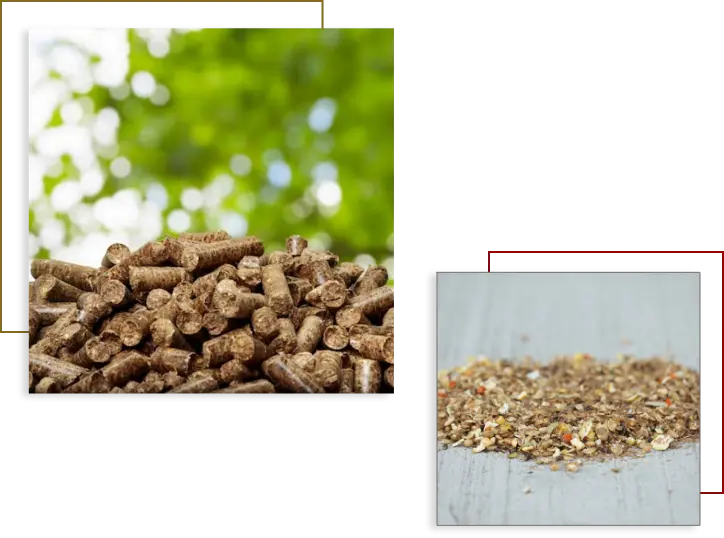
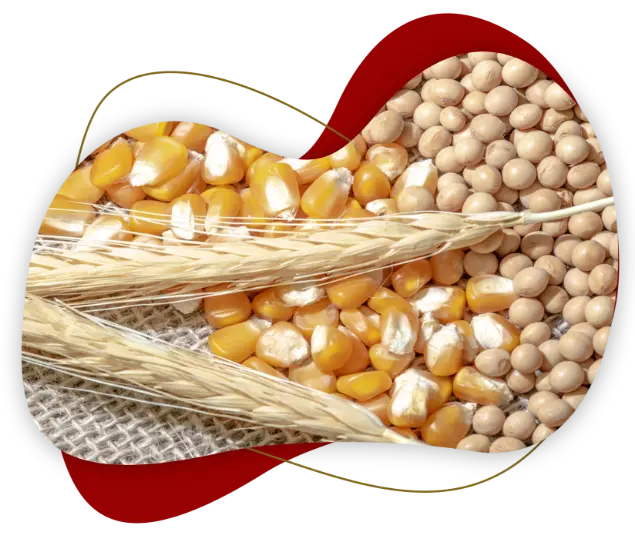
Delving into Livestock Feed Evaluation: Ensuring Nutritional Excellence
The realm of livestock feed evaluation encompasses a diverse array of methods aimed at gathering comprehensive information about feedstuffs to effectively meet the nutritional requirements of various animal species. At the heart of feed evaluation lies the assessment of feed quality, which delves into the nutritional value of the feed.
Performance-based feed evaluation methods primarily focus on measuring the digestibility of feedstuffs. This parameter holds immense significance as it directly impacts the amount of nutrients that animals can extract from their feed, ultimately influencing their growth, performance, and overall health.
You can view the analysis of feed and how each of Jahankaveh’s products is used on the product’s respective page.
The Intricate Dance of Feed Components and Pellets in Animal Nutrition
In the realm of livestock production, feed stands as the cornerstone of animal nutrition, encompassing a diverse array of ingredients and supplements that are carefully blended to meet the specific nutritional requirements of various animal species. According to the American Feed Industry Association, over 900 distinct agricultural products are utilized in the formulation of livestock feeds. Among these, the most commonly encountered feed components include:
Barley: A versatile grain rich in carbohydrates, protein, and fiber, barley serves as a valuable energy source for livestock.
Corn: A staple crop in livestock nutrition, corn provides a concentrated source of energy and carbohydrates, essential for supporting growth and performance.
Soybean Meal: A protein powerhouse derived from soybeans, soybean meal is a crucial component of livestock feeds, particularly for swine and poultry, due to its high amino acid content.
Distiller’s Grain: A byproduct of ethanol production, distiller’s grain is a valuable source of protein, carbohydrates, and fat, often incorporated into livestock feeds to enhance nutrient intake.
Sorghum: A drought-tolerant grain, sorghum offers a nutritious alternative to corn, providing carbohydrates and energy for livestock.
Wheat: A versatile grain, wheat contributes carbohydrates, protein, and fiber to livestock diets, supporting growth and overall health.
Complementing the diverse array of feed components are essential supplements that play a critical role in maintaining animal health and optimizing performance. These supplements come in various forms, with some of the most common including:
- Toxin Binders: These supplements help bind and eliminate toxins from the digestive system, protecting animals from potential harm caused by harmful substances.
- Pellet Binders: These additives enhance the stability and durability of pelleted feed, preventing crumbling and ensuring consistent nutrient delivery.
- Acidifiers: These supplements introduce organic acids into the digestive tract, promoting beneficial microbial growth and improving nutrient absorption.
Supplements are carefully incorporated into livestock feeds, ensuring that animals receive the necessary nutrients throughout their consumption period. This continuous intake of essential nutrients supports various aspects of animal health, including:
Promoting Healthy Reproduction: Supplements can play a crucial role in enhancing reproductive efficiency, particularly in swine and poultry.
Maintaining Health in Cold Seasons: During harsh winter months, supplements can provide additional support to livestock, boosting immunity and preventing health issues.
The specific composition of feed components and supplements varies depending on the target animal species and the intended production goals. Animal nutrition is not a one-size-fits-all approach; rather, it requires careful consideration of individual animal needs and production objectives.
For instance, while corn provides all six essential nutrients required for animal nutrition, forages like hay may only offer carbohydrates and limited amounts of fat.
Apart from variations in feed composition, animal nutrition also adapts to the different life stages of livestock. Young cattle and poultry require higher levels of protein to support growth, while lactating cows demand a diet rich in high-quality fiber. The dietary composition of dairy cows also influences milk fat content, impacting their profitability.
In today’s context, animal nutrition can be defined as a holistic approach that ensures a balanced supply of nutrients, aligns with production goals, and yields safe and wholesome animal products for human consumption. Therefore, maintaining the quality of livestock feed is paramount to achieving these objectives.
Jahan Kavah Livestock Product Categories
Jahan Kavah Afogh Khazar: Your Bridge to the World of Livestock Feed
Jahan Kavah has consistently strived to meet the needs of the livestock and poultry industry in Iran by providing high-quality products at affordable prices. We recognize the importance of fostering strong relationships with our customers and have established various communication channels to ensure you can easily reach us.
You can contact us via email, our Dubai office, and our Iran office.

Dubi Office: Office number 406, cherchill tower, Business bay street, Dubai, UAE.
Iran Office: No. 9, Defae Moghadas Street, Taleghani Blv, Amol, Mazandaran Province, IRAN
Postal code: 4615734889
Tel Dubi Office: +971 4 345 1134 – +971 54 540 1415
Contact information Jahan Kaveh Daneh Factory: Shahid Zulfaqari industrial town, Nowshahr ring road, Mazandaran Province ,IRAN
